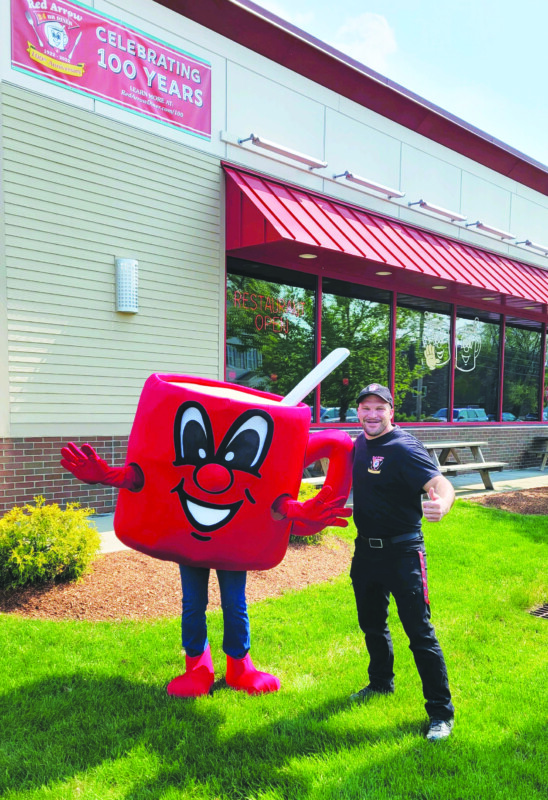CPR instructors
Renee King, MSN, APRN, FNP-C, of Merrimack is a CPR instructor and runs her own business, JandRteachCPR, with help from her 8-year-old daughter, Jamie.
Renee King
What led you to this career field and your current job?
I’ve always wanted to be a nurse. I absolutely love my career and all the people I’ve met along the way. I’m required to recertify my CPR certification every two years. My uncle has his own CPR business, and he is the one who encouraged me to stop taking the classes and start teaching them.
What kind of education or training did you need?
I have a Family Nurse Practitioner master’s degree. To be an instructor with the American Heart Association, you need to be certified with the AHA and take an additional instructor course.
What is your typical at-work uniform or attire?
Clothes that are easy to move in. Most of the time we end up on the floor.
What is the most challenging thing about your work, and how do you deal with it ?
Where to store all of my supplies. I have mannequins all over my living room; it’s not the decor I want to go with!
What do you wish you’d known at the beginning of your career?
That my son would want to be part of the business. He showed zero interest when I was thinking about launching but quickly changed his mind when he saw how much fun my daughter and I were having. If I could go back, I would have included his initials in the name of my company.
What do you wish other people knew about your job?
I offer other training, too, not just CPR.
What was the first job you ever had?
A convenience store.
What’s the best piece of work-related advice you’ve ever received?
To always help and teach my coworkers, because one day they may actually be my nurse.
Five favorites
Favorite book: Verity by Colleen Hoover
Favorite movie: Thrillers
Favorite music: country
Favorite food: olives and feta
Favorite thing about NH: how beautiful it is
Jamie
Explain your job and what it entails.
I help [my mom] when she forgets things, because that happens a lot. I help show the baby and the adult. Actually, I help with everything.
How long have you had this job?
It’s been four months.
What led you to this career field and your current job?
Because my mom impressed me.
What kind of education or training did you need?
I needed to know how to do CPR and how to use epipens.
What is your typical at-work uniform or attire?
Fancy clothes and something flexible.
What is the most challenging thing about your work?
I’m not strong enough to do the adult CPR mannequin.
What do you wish you’d known at the beginning of your career?
Everything.
What do you wish other people knew about your job?
That we want to help them all.
What was the first job you ever had?
This.
What’s the best piece of work-related advice you’ve ever received?
To always carry around my business cards.
Five favorites
Favorite book: Harry Potter
Favorite movie: Avatar
Favorite music: Taylor Swift
Favorite food: Steak and cheese sub
Favorite thing about NH: The Old Man of the Mountain viewing spot
Featured photo: Renee King and her daughter Jamie. Courtesy photo.






